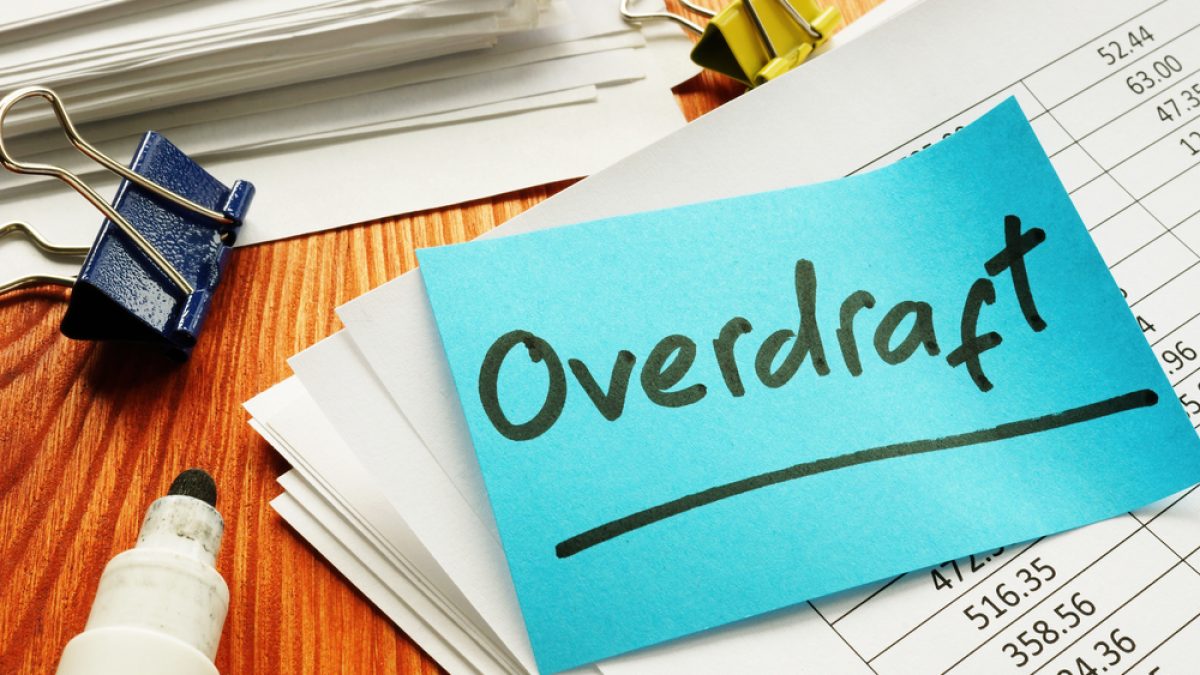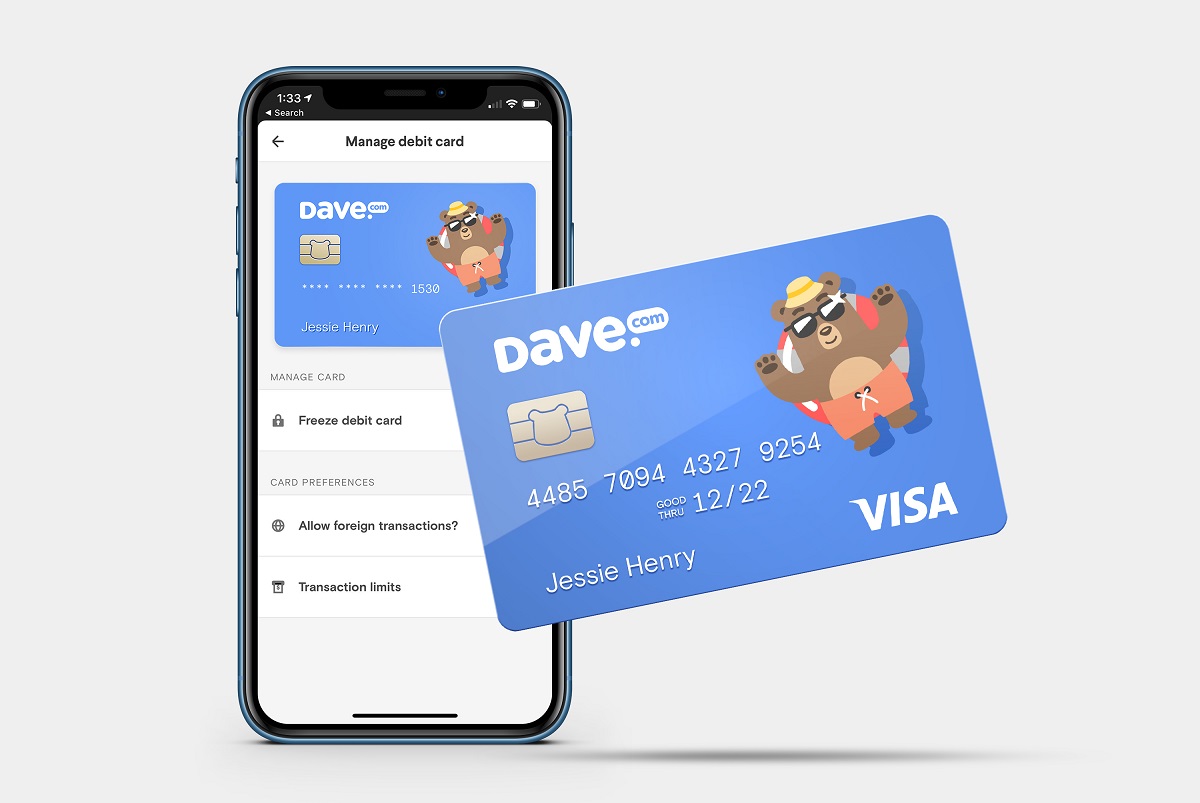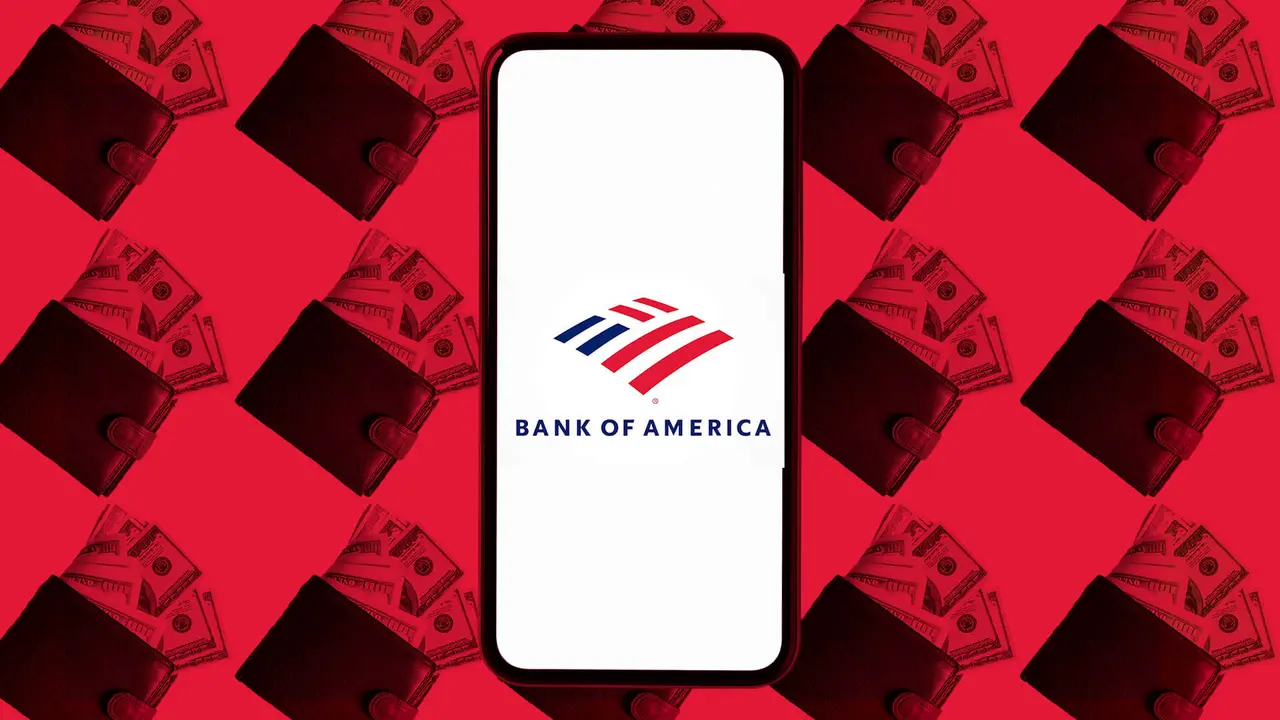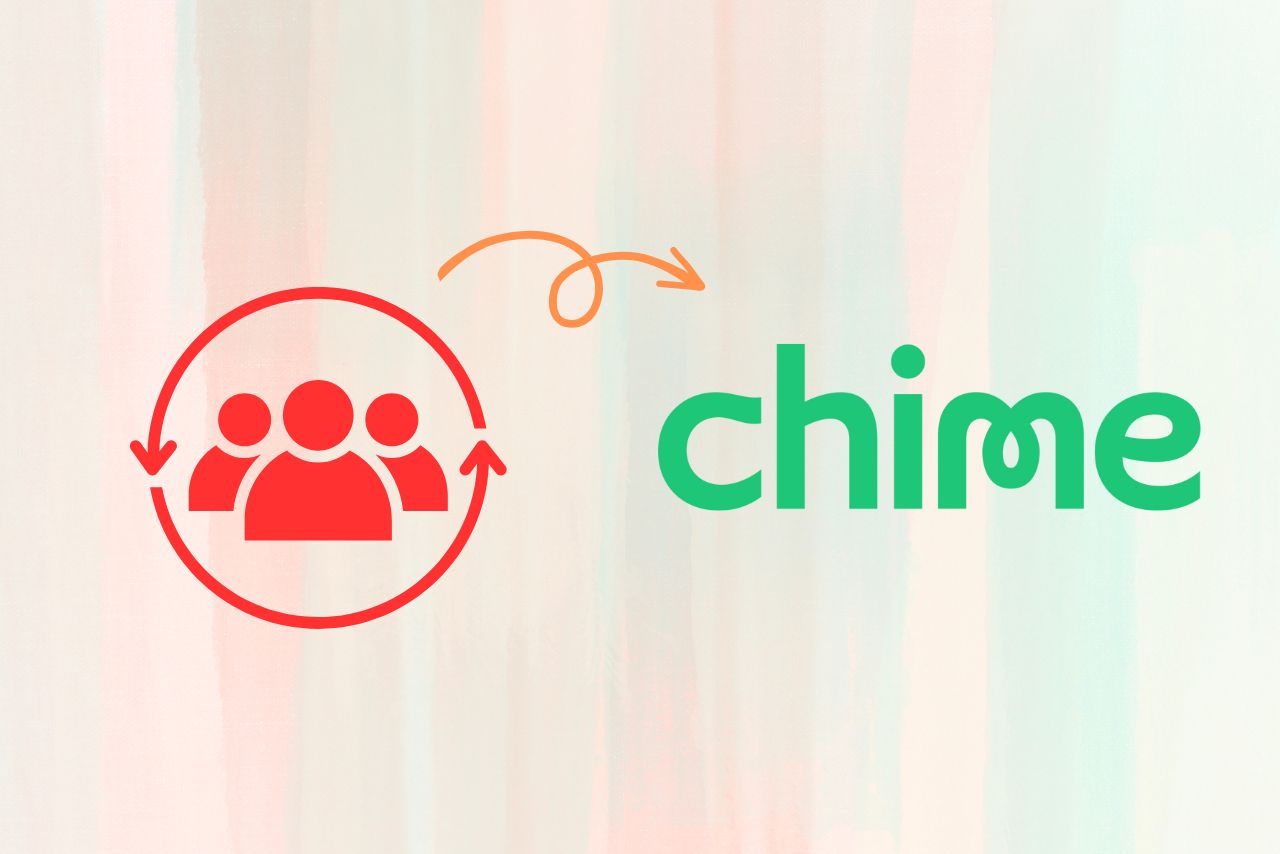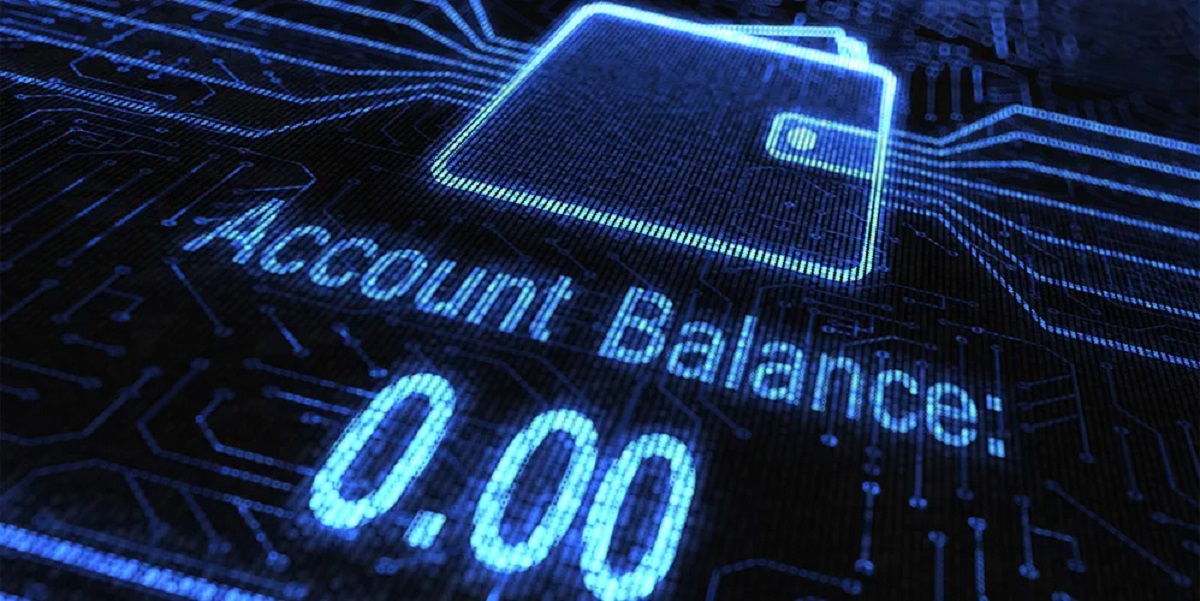Introduction
An overdraft is a common banking service that allows customers to withdraw more money from their bank account than they currently have available. It provides a flexible and convenient option for managing short-term cash flow shortages. With an overdraft, individuals or businesses can make payments or withdrawals even when their account balance is insufficient to cover these transactions.
Overdrafts are typically offered by banks as a line of credit to their customers. They can be a useful financial tool for handling unexpected expenses or bridging the gap between paychecks. However, it is important to understand how overdrafts work and the implications they can have on your finances.
When you have an overdraft, you essentially borrow money from the bank to cover your transactions. The bank sets a specific overdraft limit, which is the maximum amount you can overdraw from your account. This limit is determined based on various factors, such as your creditworthiness and banking history.
It is crucial to note that an overdraft is a form of debt. When you use your overdraft, you will be charged interest on the amount you borrow. The interest rate for overdrafts can vary depending on the bank and your credit score. Additionally, some banks may also charge a fee for setting up an overdraft facility.
While overdrafts provide financial flexibility, it is important to use them responsibly. They should not be seen as a long-term solution for managing expenses. Instead, they are intended for short-term cash flow needs. Understanding the benefits and drawbacks of overdrafts can help you weigh the pros and cons of using this banking service.
In the following sections, we will delve deeper into how overdrafts work, the benefits they offer, the drawbacks to consider, and ways to avoid any potential pitfalls.
What is Overdraft?
An overdraft is a banking facility that allows individuals or businesses to withdraw more money from their bank account than the available balance. It provides a temporary line of credit that can be used to make payments or withdrawals, even if there are insufficient funds in the account.
When an account holder initiates a transaction that exceeds their account balance, the bank covers the shortfall by granting an overdraft. This means the bank effectively lends the account holder the necessary funds to complete the transaction. The overdraft amount is typically subject to a pre-determined limit, agreed upon by the bank and the account holder.
Overdrafts can be used for various purposes, such as paying bills, making purchases, or even covering unexpected expenses. They offer flexibility and ease of access, as account holders can use the overdraft whenever needed, up to the agreed limit.
It’s important to note that an overdraft is a form of debt, as the account holder is essentially borrowing money from the bank. The account holder is responsible for repaying the overdraft amount along with any applicable fees and interest charges. The interest rate for overdrafts can vary depending on the bank and the account holder’s creditworthiness.
Overdrafts are typically categorized into two types: authorized overdrafts and unauthorized overdrafts. Authorized overdrafts are agreed upon in advance with the bank and have specific terms and conditions. Unauthorized overdrafts, on the other hand, occur when the account holder exceeds their account balance without prior agreement from the bank. Unauthorized overdrafts may incur higher fees and interest charges.
Having a clear understanding of overdrafts is important before deciding to use this banking facility. While overdrafts can provide short-term financial relief, they should not be seen as a long-term solution for managing expenses. It’s crucial to use overdrafts responsibly and be aware of the associated fees and interest charges.
How Does Overdraft Work?
Overdrafts function as a line of credit provided by banks to allow account holders to spend more money than they have available in their bank accounts. Understanding how overdrafts work can help individuals and businesses effectively manage their finances and avoid potential pitfalls.
When an account holder initiates a transaction that exceeds their account balance, the bank steps in to cover the shortfall. This is done by granting an overdraft, essentially allowing the account holder to borrow money from the bank. The overdraft amount is subject to a pre-determined limit set by the bank.
Using an overdraft is typically straightforward. When the account holder makes a transaction that exceeds their available balance, the bank automatically approves the transaction and funds it through the overdraft facility. This ensures that payments or withdrawals can be completed, even when there are insufficient funds in the account.
Account holders are required to repay the overdraft amount at a later date, along with any applicable fees and interest charges. The specific terms and conditions for repayment are determined by the bank and agreed upon when the overdraft is set up.
Interest is charged on the borrowed amount, and the interest rate for overdrafts can vary depending on the bank and the creditworthiness of the account holder. The interest is typically calculated based on the outstanding overdraft balance and is added to the account holder’s overall debt.
It is important to note that banks may also charge fees for setting up and maintaining an overdraft facility. These fees can vary and may include arrangement fees, monthly maintenance fees, or transaction fees for each overdraft transaction. Account holders should carefully review the fee structure associated with their overdraft to understand the potential costs involved.
Account holders should also be aware that exceeding the agreed overdraft limit or using an overdraft without prior authorization can result in additional charges and penalties. Unauthorized overdrafts can come with higher fees and interest rates, making them an expensive option.
Overall, understanding how overdrafts work is essential for making informed financial decisions. It is crucial to use overdrafts responsibly, keeping in mind the associated fees and interest charges, and to repay the borrowed amount promptly to avoid accumulating unnecessary debt.
Benefits of Overdraft
Overdrafts offer several benefits that can be advantageous for individuals and businesses alike. Understanding these benefits can help account holders make informed decisions regarding their finances.
1. Flexible cash flow management: One of the main advantages of overdrafts is the flexibility they provide in managing cash flow. They allow account holders to cover necessary expenses or unexpected costs, even when their account balance falls short. This can be especially helpful during periods of financial strain or when faced with unexpected bills.
2. Ease of access: Overdrafts are readily available and can be accessed whenever needed, as long as the account holder stays within the pre-determined overdraft limit. This quick and convenient access to funds can help account holders avoid the hassle of applying for a loan or seeking alternative means of financing.
3. Avoiding declined transactions: With an overdraft, account holders can prevent declined transactions due to insufficient funds. This ensures that important payments, such as bills or rent, can be made on time, avoiding any potential penalties or disruptions to essential services.
4. Cost-effective compared to alternatives: While overdrafts do come with fees and interest charges, they can be more cost-effective compared to other forms of short-term financing options, such as payday loans or credit card cash advances. The interest rates on overdrafts are usually lower, making them a more affordable option when managed responsibly.
5. Credit building opportunity: Responsible use of an overdraft can help individuals establish and build a positive credit history. Consistently repaying the overdraft according to the agreed terms demonstrates financial responsibility and can strengthen creditworthiness, potentially leading to better loan terms and financial opportunities in the future.
6. Overdraft protection: Some banks offer overdraft protection programs that link multiple accounts together. This means if one account has insufficient funds, the bank will automatically transfer funds from another linked account to cover the overdraft. This can provide an additional safety net and help account holders avoid overdraft fees and penalties.
While overdrafts offer these benefits, it’s important to remember that they are not without risks. Account holders should carefully consider their individual financial situation and use overdrafts responsibly to avoid accumulating unnecessary debt.
Drawbacks of Overdraft
While overdrafts can be a useful financial tool, it is important to be aware of the potential drawbacks they carry. Understanding these drawbacks can help account holders make informed decisions and avoid any negative consequences.
1. Costs and fees: Overdrafts come with fees and interest charges that can add up over time, especially if the overdraft is consistently used or not promptly repaid. These fees can include arrangement fees, monthly maintenance fees, and transaction fees for each overdraft transaction. It’s important to carefully review the fee structure associated with an overdraft to understand the potential costs involved.
2. Increased debt burden: Utilizing an overdraft adds to an individual’s overall debt. It is crucial to borrow responsibly and consider the repayment ability to avoid accumulating excessive debt. Failure to repay the overdraft can negatively impact credit scores and make it more difficult to access credit in the future.
3. Impact on credit score: If an individual consistently relies on an overdraft or exceeds the agreed limit, it can adversely affect their credit score. Credit bureaus consider the utilization of overdraft and the repayment patterns when calculating creditworthiness. This can make it challenging to secure future loans or obtain favorable interest rates.
4. Limited amount and restrictions: Overdrafts have preset limits based on the account holder’s creditworthiness. This means the amount available through an overdraft may not be substantial enough to cover larger expenses or financial emergencies. Additionally, banks may impose restrictions on how an overdraft can be used, limiting its flexibility.
5. Risk of dependency: Depending too heavily on overdrafts can lead to a cycle of dependency. Relying on an overdraft to cover regular expenses may indicate underlying financial instability, and it is important to address the root causes of such financial strain to avoid long-term reliance on this form of credit.
6. High-interest rates: The interest rates charged on overdrafts can be higher than those of other forms of credit, such as personal loans or credit cards. This means that if the overdraft balance is not promptly repaid, the interest charges can accumulate quickly, contributing to the overall cost of utilizing an overdraft.
Considering these drawbacks, it is important to evaluate personal financial circumstances before relying on an overdraft. It’s wise to explore alternative financial options or seek professional advice to determine the most suitable approach to managing cash flow and avoiding excessive debt.
Overdraft Fees
When utilizing an overdraft facility, account holders should be aware of the fees associated with overdrafts. These fees can vary depending on the bank and the specific terms of the overdraft agreement. Understanding these fees is essential to effectively manage finances and avoid unexpected expenses.
1. Arrangement fees: Some banks charge an arrangement fee when setting up an overdraft facility. This fee is typically a one-time charge and can vary in amount. It is important to inquire about any arrangement fees when discussing and agreeing upon an overdraft with the bank.
2. Monthly maintenance fees: Certain banks may impose a monthly maintenance fee for maintaining an overdraft facility. This fee is typically charged regardless of whether the overdraft is utilized or not. It’s important to be aware of any monthly fees associated with an overdraft and factor them into the overall cost of utilizing the facility.
3. Transaction fees: Banks often charge a transaction fee for each transaction made using an overdraft. This fee is typically a fixed amount charged per transaction and can quickly add up if multiple transactions are made within the overdraft facility. It’s important to understand the transaction fee structure of the particular bank to avoid any unexpected costs.
4. Daily or monthly usage fees: Some banks may impose daily or monthly usage fees on overdrafts. These fees are typically based on the total amount of the overdraft balance or the number of days the overdraft is utilized. It’s essential to inquire about any usage fees associated with an overdraft to accurately assess the cost of utilizing the facility.
5. Interest charges: In addition to fees, banks also charge interest on the borrowed amount within the overdraft. The interest rates for overdrafts can vary between banks and are typically higher than those of other forms of credit. The interest is calculated based on the outstanding balance of the overdraft and can significantly impact the overall cost of utilizing the facility.
6. Penalty fees: Exceeding the agreed overdraft limit or using an unauthorized overdraft can result in penalty fees. These fees are usually higher than regular transaction fees and can further increase the cost of utilizing an overdraft. It’s crucial to stay within the agreed overdraft limit to avoid incurring penalty fees.
Being aware of these fees can help account holders effectively manage their finances and make informed decisions regarding the utilization of an overdraft facility. It’s essential to thoroughly review the fee structure associated with an overdraft and compare options between different banks to ensure the most cost-effective choice for individual financial circumstances.
Types of Overdraft
Overdraft facilities can vary based on the specific terms and conditions set by different banks. Understanding the different types of overdrafts can help account holders choose the option that best suits their financial needs and goals.
1. Arranged Overdraft: This is the most common type of overdraft, where the account holder and the bank have a pre-agreed overdraft limit. The overdraft amount is agreed upon in advance, and the terms and conditions, including any associated fees and interest rates, are established. The account holder can utilize the overdraft up to the agreed limit without seeking additional permission from the bank.
2. Unarranged Overdraft: Also known as unauthorized overdrafts, these occur when the account holder exceeds their account balance without prior approval from the bank. Unarranged overdrafts often come with higher fees and interest rates compared to arranged overdrafts. It is crucial to avoid relying on unarranged overdrafts as they can result in substantial charges and financial difficulties.
3. Personal Overdraft: This type of overdraft is designed for individual account holders to manage short-term cash flow shortages. Personal overdrafts are typically subject to credit checks and are based on the individual’s creditworthiness and income sources. The interest rates and fees associated with personal overdrafts can vary between banks.
4. Business Overdraft: Business overdrafts are specifically tailored to meet the financial needs of businesses. They provide flexibility in covering operating expenses, managing cash flow gaps, and addressing unforeseen expenses. Business overdrafts often require a robust business plan, financial statements, and collateral. The interest rates and fees associated with business overdrafts can vary based on the specific terms and conditions established by the bank.
5. Secured Overdraft: Secured overdrafts are backed by collateral, such as property or investments. By providing security, account holders can access higher overdraft limits and potentially lower interest rates. However, it is important to evaluate the risks associated with secured overdrafts, as defaulting on repayment can lead to the loss of the collateral.
6. Student Overdraft: Student overdrafts are specifically designed for students and are often offered with favorable terms. They allow students to borrow money when their finances are tight, providing some financial relief during their studies. Student overdrafts typically have a predetermined limit that increases each year, and they often come with low interest rates and deferred repayment options until after graduation.
It is important to compare the terms and conditions of different types of overdrafts offered by various banks to determine the most suitable option. Considering individual financial goals, credit history, and overall financial stability can help account holders choose an overdraft facility that aligns with their needs and preferences.
Overdraft Protection
Overdraft protection is a service provided by banks to help account holders avoid overdrafts and the associated fees and penalties. It acts as a safety net to prevent declined transactions and ensure that payments or withdrawals can be made, even when there are insufficient funds in the account.
Here are a few common types of overdraft protection:
1. Linked Accounts: Many banks offer the option to link multiple accounts together. If an account with overdraft protection has insufficient funds to cover a transaction, the bank will automatically transfer money from a linked account to cover the shortfall. This can help prevent overdrafts and minimize fees and charges.
2. Lines of Credit: Some banks provide overdraft protection in the form of a line of credit. When an account falls short, the bank transfers funds from the line of credit to cover the shortfall. The account holder then repays the borrowed funds along with any associated interest and fees according to the terms agreed upon with the bank.
3. Savings Account Backup: Overdraft protection can also be linked to a savings account. If there are insufficient funds in the checking account, the bank will automatically transfer money from the linked savings account to cover the transaction. This option can be beneficial for individuals who prefer to keep their savings separate but still want to avoid overdrafts.
4. Credit Card Overdraft Protection: Some banks allow account holders to link a credit card to their checking account for overdraft protection. If the checking account balance is insufficient, the bank will automatically charge the transaction to the linked credit card. Account holders are then responsible for repaying the credit card balance along with any applicable interest charges.
Overdraft protection provides a safety net for account holders, enabling them to avoid the potential consequences of overdrafts. However, it is important to note that overdraft protection is not without its own costs. Banks may charge fees or interest on the amount transferred or borrowed to cover the shortfall.
It’s essential to review the terms and conditions of overdraft protection with the bank to understand the associated costs, limits, and repayment obligations. Account holders should also regularly monitor their accounts and ensure they have sufficient funds or appropriate protections in place to avoid relying too heavily on the overdraft protection service.
Utilizing overdraft protection can help account holders manage their cash flow and avoid potential financial challenges. However, it is still important to maintain good financial habits, such as budgeting and monitoring expenses, to prevent excessive reliance on overdraft protection and to maintain financial stability.
How to Avoid Overdraft
While overdrafts can provide short-term financial relief, it is essential to use them responsibly and take steps to avoid relying on them excessively. By following some key strategies, account holders can reduce the likelihood of overdrafts and maintain better control over their finances.
1. Regularly monitor account balances: Keeping a close eye on account balances is crucial to avoid overdrafts. Regularly checking account balances can help account holders stay aware of their available funds and make informed financial decisions.
2. Create a budget: Developing a realistic budget is an effective way to manage expenses and ensure that income covers necessary costs. By tracking expenses and setting limits, account holders can prevent overspending and reduce the risk of encountering a negative balance in their accounts.
3. Set up account alerts: Most banks offer account notification services that allow account holders to receive alerts via email or text message when their account balance falls below a certain threshold. These alerts can serve as early warnings to take necessary actions and prevent overdrafts.
4. Keep a buffer in the account: Maintaining a minimum balance in the account can act as a buffer against unexpected expenses. Having a cushion of funds that are not meant for regular expenses can help avoid dipping into the overdraft facility, providing a safety net in case of emergencies.
5. Regularly review and adjust automatic scheduled payments: Automatic bill payments or other scheduled payments should be reviewed periodically to ensure they align with the available funds in the account. Making necessary adjustments to these payments can help prevent overdrafts caused by automatic withdrawals.
6. Explore alternative financial options: Instead of relying on an overdraft, account holders can consider alternative financial options, such as personal savings or a emergency fund. Building a financial cushion specifically for unexpected expenses can help avoid the need for an overdraft facility.
7. Opt out of overdraft protection features: In some cases, account holders have the option to opt out of overdraft protection altogether. This means that if there are insufficient funds in the account, transactions will be declined rather than processed with an overdraft. Opting out can be a suitable choice for those who prefer to have stricter control over their finances.
By implementing these practical strategies, account holders can reduce the risk of overdrafts and maintain better financial stability. It is important to remember that responsible financial management and maintaining good money habits are key factors in avoiding unnecessary debt and preserving financial well-being.
Conclusion
Overdrafts can be a useful banking service to manage short-term cash flow shortages and cover unexpected expenses. However, it is crucial to understand how overdrafts work, their benefits, drawbacks, and associated fees. By having a clear understanding and using overdrafts responsibly, account holders can avoid unnecessary debt and financial difficulties.
Overdrafts provide the flexibility to make payments or withdrawals even when there are insufficient funds in the account. They offer convenience and can help account holders avoid declined transactions. However, it is important to carefully consider the costs involved, including interest charges, arrangement fees, and transaction fees.
Account holders should be mindful of the different types of overdrafts available, such as arranged overdrafts, unarranged overdrafts, personal overdrafts, business overdrafts, secured overdrafts, and student overdrafts. Each type comes with its own terms and conditions, and it is important to choose the most suitable option based on individual financial needs.
It is worth noting that there are alternatives to overdrafts, such as maintaining minimum account balances, setting up account notifications, and exploring other financial options like savings accounts or emergency funds. These strategies can help account holders avoid relying too heavily on overdrafts and maintain better control over their finances.
By following best practices, including monitoring account balances, creating a budget, and regularly reviewing scheduled payments, account holders can reduce the risk of overdrafts and minimize the associated fees and penalties. Responsible financial management and establishing good money habits are essential to avoid excessive debt and maintain financial stability.
In conclusion, overdrafts can be a valuable tool when used wisely and understanding the impact they can have on personal finances. By being aware of the benefits, drawbacks, and associated fees, account holders can make informed decisions and effectively manage their cash flow without relying on overdrafts as a long-term solution.







